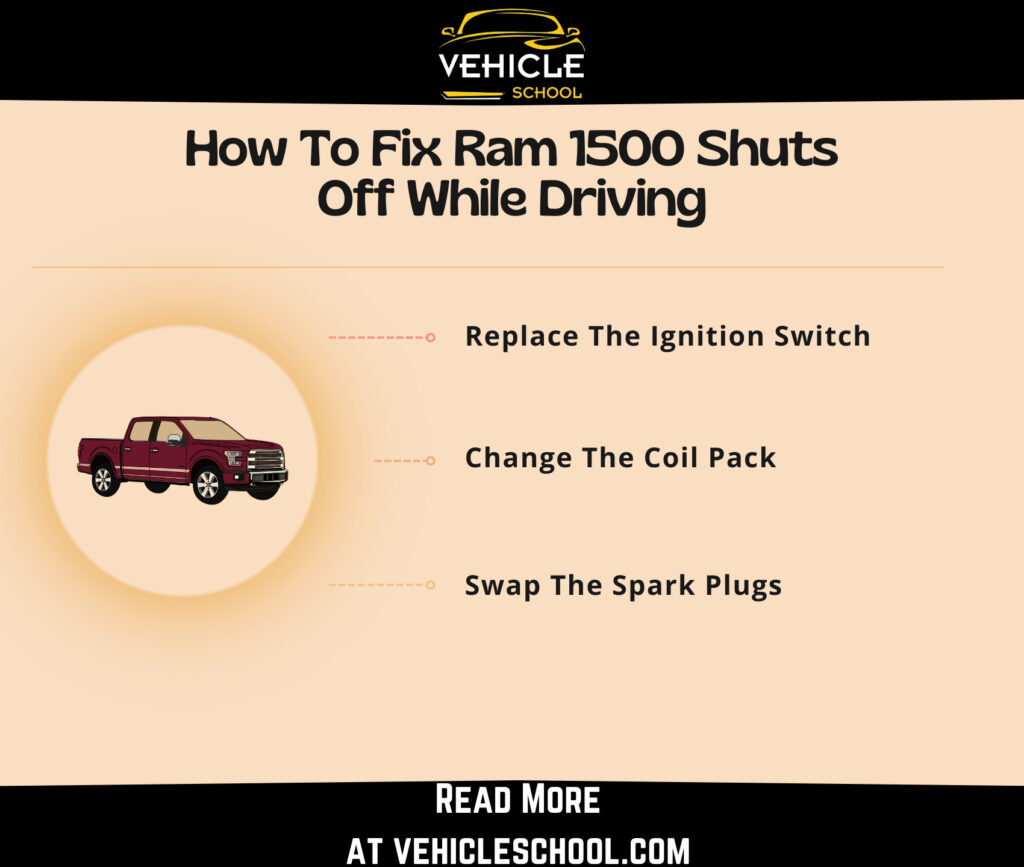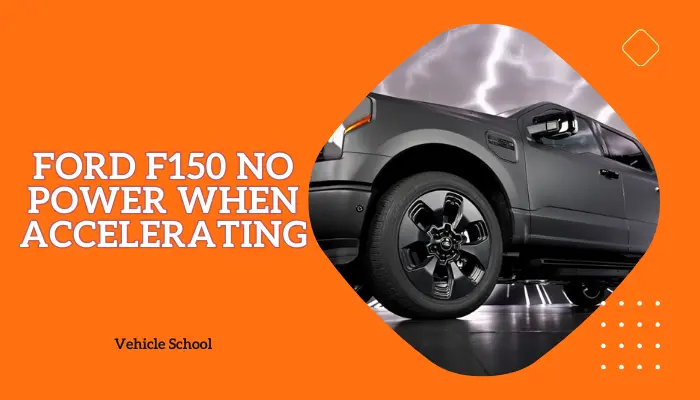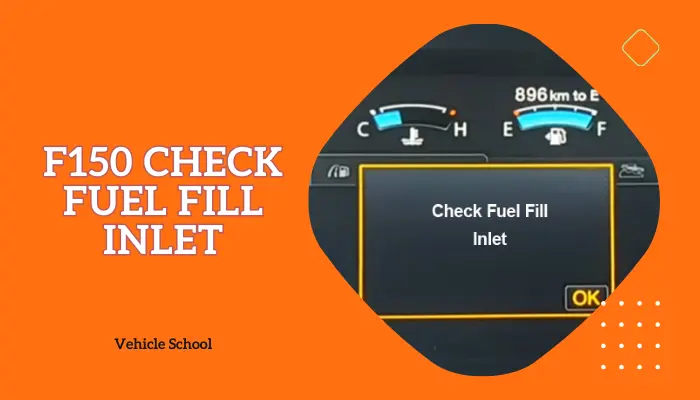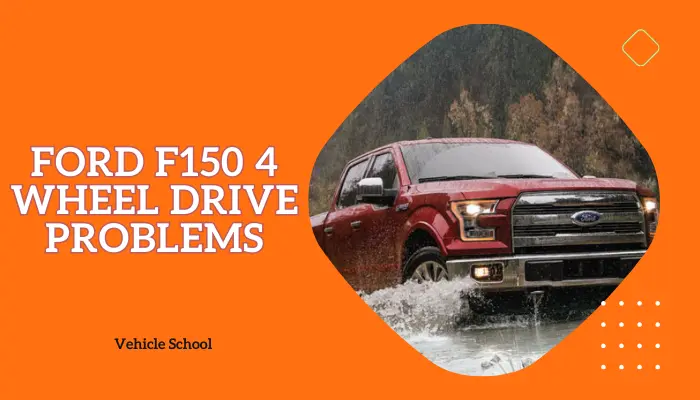There’s nothing more unsettling than driving along and suddenly finding yourself with a dead engine. If your Dodge Ram 1500 has started to shut off suddenly, you’re probably concerned about what’s going wrong.
Before you get too worried, let’s explore what could be causing this issue and how you can take care of it.
Why Does My Dodge Ram 1500 Shuts Off While Driving?
Your Dodge Ram 1500 might shut off while driving due to low oil causing overheating, fuel system issues like clogged filters, ignition or cooling system failures, faulty sensors, TIPM or fuel relay problems, bad coil packs or spark plugs, a dirty throttle body, or PCM and fuel pump problems.
1. Low Engine Oil
If your Dodge Ram 1500 is low on engine oil, the engine might shut off while driving. Without enough oil, friction increases, causing the engine to overheat and potentially seize components like the camshaft bearings.
When this happens, the engine control module (ECM) can shut down the engine to prevent severe damage. You might hear knocking sounds or see a low oil pressure warning light on your dashboard.
2. Fuel System Problems
Problems in the fuel system can cause your Dodge Ram 1500 to stall unexpectedly. A clogged fuel filter or malfunctioning injectors might prevent enough fuel from reaching the engine, resulting in a lean air-fuel mixture.
This imbalance causes knocking and misfires, which the ECM detects, leading it to reduce engine power to prevent damage. You might notice symptoms like rough idling, hesitation during acceleration, and a significant loss of power.
3. Ignition System Issues
If your Dodge Ram 1500’s ignition system fails, the engine might shut off while you’re driving. The ignition switch and coils are crucial for starting and maintaining engine combustion.
A failing ignition switch might cut the electrical flow needed to keep the engine running, leading to stalling. Faulty ignition coils can cause weak or erratic sparks, resulting in engine misfires.
You may experience difficulty starting your vehicle and notice intermittent power loss while driving.
4. Cooling System Malfunction
Your Dodge Ram 1500 may overheat and shut down if the cooling system fails. Components like the thermostat, radiator, and water pump keep your engine within its optimal temperature range.
A stuck thermostat or leaking radiator can prevent proper cooling, leading to overheating. When the engine overheats, the ECM might shut it off to prevent damage. Watch for signs like a rising temperature gauge or steam coming from under the hood.
5. TIPM or Fuel Relay Failure
The Total Integrated Power Module (TIPM) includes a fuel pump relay, which controls power to the fuel pump.
If the TIPM or its internal relay fails, it can stop power to the fuel pump, cutting off fuel delivery and causing the engine to stall.
This can result in the engine shutting off suddenly or having difficulty starting.
6. Sensor Problems
Malfunctioning sensors can lead to your Dodge Ram 1500 shutting off unexpectedly. Sensors such as the crankshaft position sensor and O2 sensor send important data to the ECM for smooth engine operation.
A failing crankshaft sensor might provide inaccurate timing signals, causing the engine to misfire and shut down. Similarly, a faulty O2 sensor can lead to incorrect air-fuel mixture adjustments, causing poor performance.
Symptoms include fluctuating RPMs, rough idling, and a check engine light on your dashboard.
7. Coil Pack Issues
Your Dodge Ram 1500 relies on coil packs to generate the spark needed for ignition. If a coil pack fails, it can cause engine misfires and lead to stalling.
Misfires occur when the ECM tries to compensate for the lack of spark by adjusting the air-fuel mixture, which can disrupt engine operation. You might notice hesitation during acceleration and a decrease in fuel efficiency.
8. PCM Fuse or Faulty Fuse Box
An issue with the PCM fuse or fuse box can lead to unexpected engine shutdowns in your Dodge Ram 1500. The Powertrain Control Module (PCM) requires a constant power supply to manage engine and transmission functions.
A burnt PCM fuse or a loose connection in the fuse box can interrupt this power supply, causing the engine to stall. Symptoms include unexpected shutdowns and erratic engine behavior.
Though a bit rarer, this might also be a reason your Dodge Ram won’t start but has power.
9. Spark Plug Issues
Spark plugs in your Dodge Ram 1500 play a big role in igniting the air-fuel mixture in the engine cylinders. Worn or fouled spark plugs can lead to weak or inconsistent sparks, causing engine misfires and shutdowns.
Factors such as carbon buildup or oil contamination can affect spark plug performance. You might notice rough idling, poor acceleration, and frequent misfires.
10. Dirty Throttle Body
A dirty throttle body can disrupt airflow to your Dodge Ram 1500’s engine, causing it to stall. Carbon deposits can cause the throttle plate to stick, leading to an imbalanced air-fuel mixture and uneven idling.
This can cause the ECM to make improper adjustments, potentially leading to stalling during deceleration. Symptoms include surging, rough idling, and delayed throttle response.
11. Fuel Pump or Fuel Pump Relay Issues
Issues with the fuel pump or fuel pump relay can cause your Dodge Ram 1500 to stall while driving. The fuel pump must deliver fuel to the engine at the correct pressure.
A failing pump or relay can interrupt this fuel delivery, causing the engine to shut off. If it’s this you’re dealing with, you’ll have difficulty starting the engine, sputtering at high speeds, and a noticeable loss of power when accelerating.
How To Fix Ram 1500 Shuts Off While Driving?
To fix your Ram shutting off, top up the engine oil, replace clogged fuel filters, faulty injectors, spark plugs, and ignition components, clean the throttle body, and check the cooling system, TIPM, fuel pump, and relays. Also, address any sensor issues and fuse box problems.
It’d be a good idea to get started by checking for any loose fuses first.

1. Replace The Ignition Switch
Most of the time, the reason for such Dodge Ram 1500 stalling problems is the ignition switch. If you’re lucky, you can be among the majority and have your truck fixed right away. Here are the steps for replacement:
- Disconnect the negative battery cable and wait 30 minutes to prevent airbag deployment.
- Remove two screws from the steering column cover using a T20 Torx screwdriver.
- Use the same screwdriver to remove the tilt lever screw and detach the lever.
- Remove the steering column covers.
- Remove the T25 screw securing the ignition switch behind the tilt lever mechanism.
- Use a T20 Torx screwdriver to remove the screw under the ignition switch.
- Unplug the rear ignition switch connector by pulling back the red tab.
- Unplug the front switch connector to release the ignition switch.
- Install the new switch, connect the connectors, and secure it with Torx screws.
- Reattach the trim panels, tighten the screws, and reconnect the battery.
2. Change The Coil Pack
- Turn off the ignition, set the parking brake, and open the hood.
- Locate the passenger-side ignition coils under the air duct.
- Loosen the air duct clamps with a flathead screwdriver and remove the hose.
- Disconnect the ignition coil connector by pressing the tab and pulling it out.
- Remove the coil bolt with a ratchet and 10 mm socket, then extract the coil.
- Clean around the spark plug with a vacuum to prevent debris entry.
- Install the new coil and secure it with the bolt using a ratchet.
- Tighten the bolt to specification with a torque wrench.
- Reconnect and lock the coil connector.
- Reattach the air duct hose and tighten the clamps.
3. Swap The Spark Plugs
- Disconnect the air intake and remove the air filter housing.
- Cover the intake opening and remove the engine cover.
- Disconnect the coil connectors by pressing the release tab.
- Remove coil bolts with a 10mm socket.
- Blow debris from the spark plug area and remove spark plugs with a 5/8-inch socket.
- Check that the new spark plugs match and are gapped at 0.043 inches.
- Install new spark plugs and torque to 13 ft-lbs.
- Apply dielectric grease to spark plug boots and reinstall coils.
- Reconnect coil connectors and secure them with bolts.
- Reinstall the air intake and engine cover.
These are the most common fixes, but I’ve also fixed older Dodge Ram 1500s by cleaning the throttle body. Normally, doing the above will be enough though.
If it comes to the throttle body, you can simply look up one of the many videos on the process out there. It’s a well-known way to fix a lot of problems. Here’s one you can try:
For the other parts, it’s best to take the truck to a mechanic, if it’s gotten bad to that point.
Final Thoughts
A sudden engine stall in your Dodge Ram 1500 could put you in a dangerous position, like getting stuck on the road or having an accident.
If you don’t sort out the engine problem, you might also run into transmission issues later, showing up as a Ram 1500 Service Transmission message or Service Shifter Ram 1500 alert.
It’s best to fix the engine issues now to avoid these risky situations and keep your truck running smoothly.






